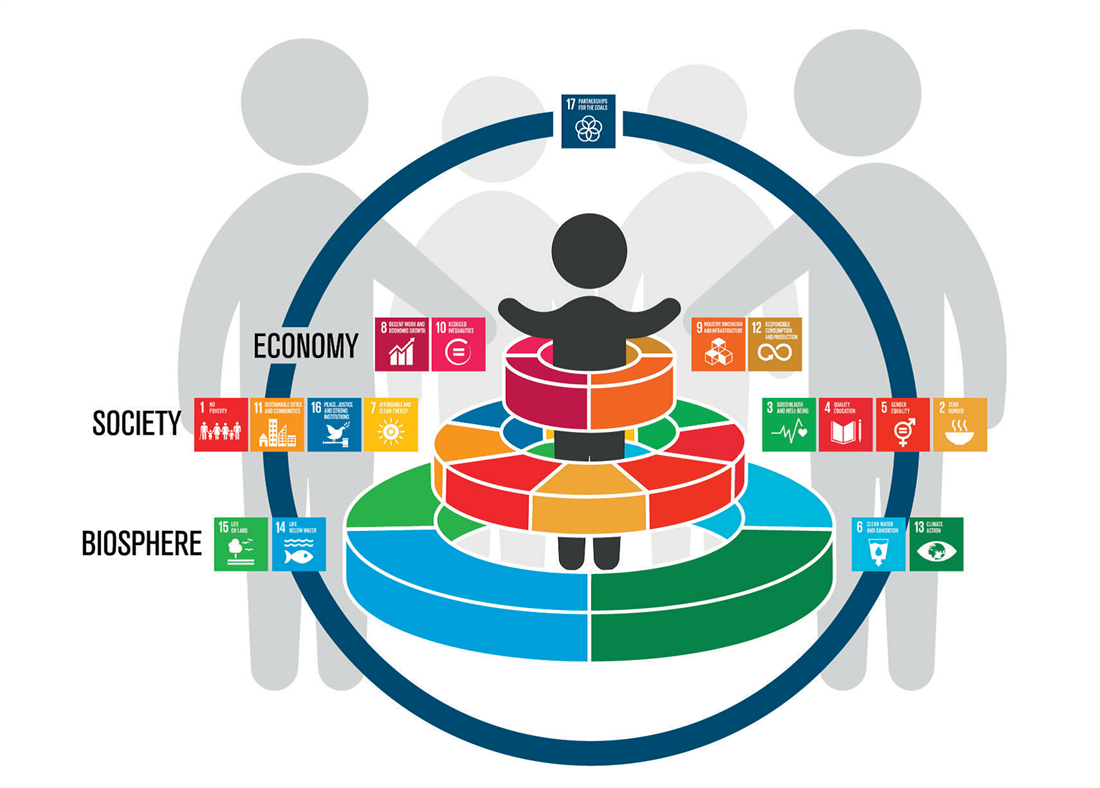News
•
17 sep 2019
Placing children at the centre of the SDGs
Although significant progress on improving global child health has been accomplished in recent decades, health disparities continue to exist both between and within countries. GEDB Deputy Director Peter Søgaard Jørgensen is part of the writing team in a new road map for global child health launched by The Swedish Institute for Global Health Transformation (SIGHT) and The Swedish Society of Medicine. The report emphasizes the interlinking potential of the UN Sustainable Development Goals and highlighting how biosphere stewardship is an important aspect of accelerating lasting progress on child health and wellbeing.

The roadmap stresses the inherent multisectoral scope of child health and encourages the global community to act on this notion by placing children at the centre of the SDGs. The report identifies how health is tightly linked to the wellbeing of the ecosystems that sustain us. Combating climate change and biodiversity loss (SDG 13,14,15) for example are necessary for reducing poverty (SDG 1), hunger (SDG 2), and for having clean water and sanitation (SDG 6), all of which are important aspects of global child health. The interlinkages between the SDGs span the biosphere, economy and society, requiring a cross-sectoral strategy with expertise from a wide array of disciplines similar to the Global Health and Biosphere Stewardship Programme approach at GEDB.
The roadmap identifies five main leverage points:
1. Redefining global child health in the post-2015 era: placing children at the centre of the SDGs. Recognising children and adolescents as both initiator and beneficiaries of development by placing them at the centre of the SDGs will increase the relevance of the SDG framework.
2. Striving for equity: ensuring no child is left behind. Investment in interventions proven to reduce morbidity and mortality must be supported by continuous scientific and contextual evaluation of their impact, including age and sex-aggregated data.
3. Enabling a child’s right to thrive throughout the life course. Advocacy for a rights-based approach and expanding focus beyond 0-5 years to include the prenatal, older child and adolescent periods gives children the opportunity to not just survive but to thrive.
4. Bridging the “know-do gap”: facilitating evidence informed policy-making and implementation. Expanding translational and implementation research programmes that engage and build capacity within local communities.
5. Capitalising on interlinkages between the SDGs to galvanise multisectoral action. Identifying and capitalising on interconnections within and between the SDGs and their convergence on the health and wellbeing of children and adolescents is fundamental for promoting effective multi-sectoral partnerships that strengthen the sustainability and resilience of health and social systems.
Click here to download the report
